Introduction to the BlackBerry operating system
The first version of the BlackBerry operating system appeared along with the company's first device, namely the RIM 900 pager. [email protected] Pager. The release took place in 1996 and the pager could not boast of wide functionality. However, in those days it was a real breakthrough in the field of mobile technology, but only the corporate segment appreciated the pager. In the mid-nineties, people weren't interested in cell phones or anything like that. But businessmen desperately needed a compact and functional communication device. And RIM (Research in Motion Limited) made a real gift for them. RIM 900 [email protected] Pager could create events for a specific day of the calendar, could show a page of the site in a stripped-down version, and also gave access to e-mail. The success of this pager was developed by the next model - RIM 975, which appeared on the market a year later. The pager contained even more functions, but at the same time was smaller in size, which had a positive effect on both popularity and sales figures. With the RIM 975, the BlackBerry OC began its march.
Development
The next breakthrough project was the release of a full-fledged PDA and the second version of the BlackBerry operating system, which was head and shoulders above the previous one both in functionality and in design. The screen still remained black and white, but now there are much more opportunities for doing business. The new device received full access to e-mail, a full version of the browser appeared, and a note service was added. The smartphone is still far away, but it was difficult to find a smarter device at that time. 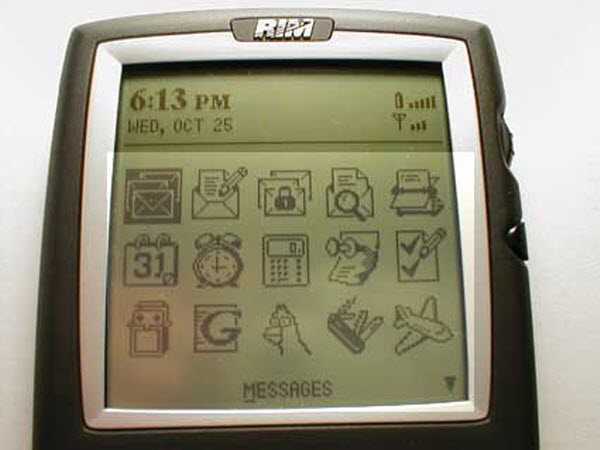
The interface also remained black and white, the functionality remained at the same level. Of the innovations, it is worth noting the appearance of support for Java. Also, one cannot ignore the fact that for the RIM company this ended the era of pagers and the era of mobile phones began. Their first phone came out with BlackBerry OS 3.X on board. However, it could not yet be called a full-fledged phone, since the device did not have its own speaker and in order to talk with the interlocutor, you had to connect a special headset. 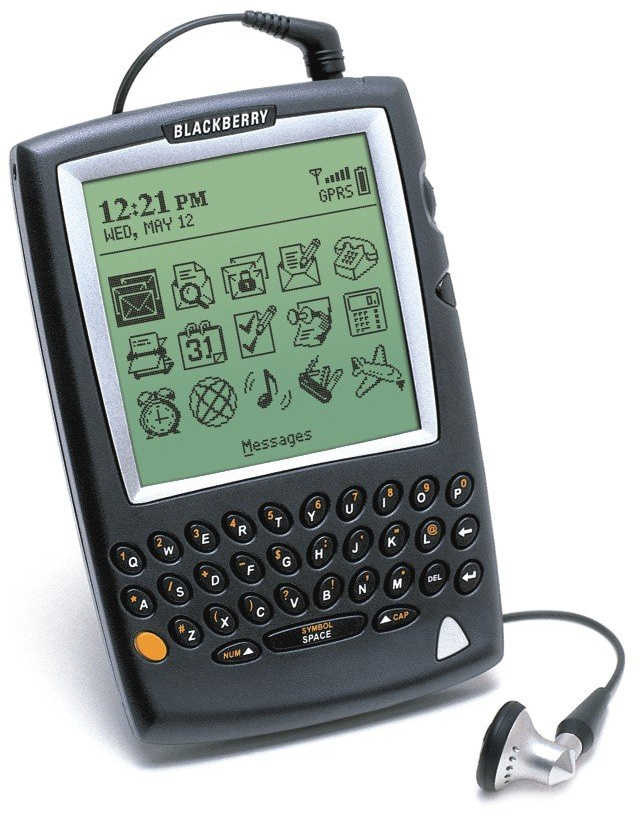
Color interface and popular success
In 2004, BlackBerry OS 4.X comes out and finally the consumer sees a color interface. However, this was only a small part of what RIM has prepared for its loyal users. The new version of the OS contained an improved browser that significantly speeded up the work on the Internet, a service for correspondence between users of BlackBerry devices appeared, and the developers also added a gallery. This version has been in demand for a very long time. For all the time of its existence, six updates have been developed that have significantly modernized both the interface and the functionality of BlackBerry OS 4.X. With the simultaneous release of the first BlackBerry 7210 smartphone and version 4.X of the operating system, the era of phones with qwerty keyboards begins for RIM. Since this keyboard layout was highly appreciated by people who often type long messages and emails, further development of the BlackBerry OS was aimed exclusively at such devices. However, the company's phones were still in the underground and were only interested in the business segment. 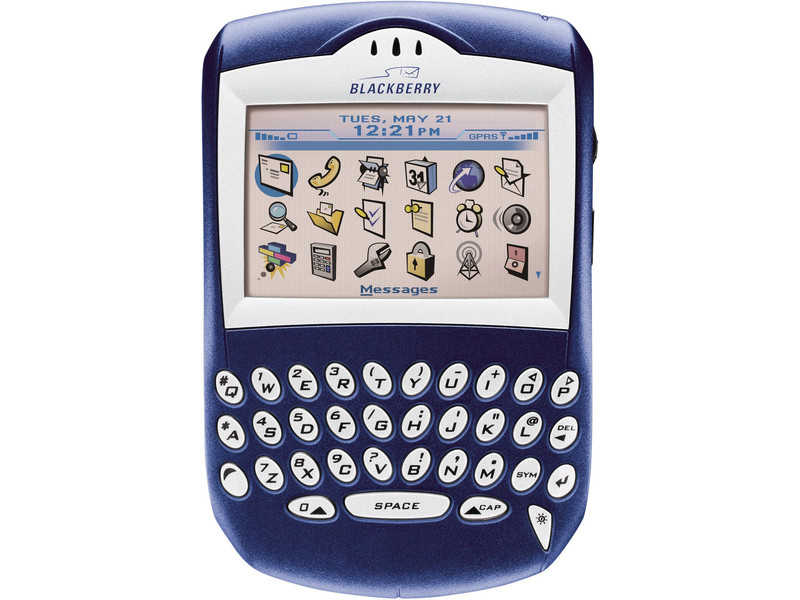
In 2009, the BlackBerry Bold 9000 series appears, and with it the BlackBerry OS 5.X, which has completely conquered the people's love and business segment. Everything that a business person could only dream of was embodied in the new version of the operating system: a file manager, Gmail service, BlackBerry Maps and many other useful applications. It became possible to synchronize contacts, which made communication between employees very convenient. In addition to this, support for the touch screen was implemented.
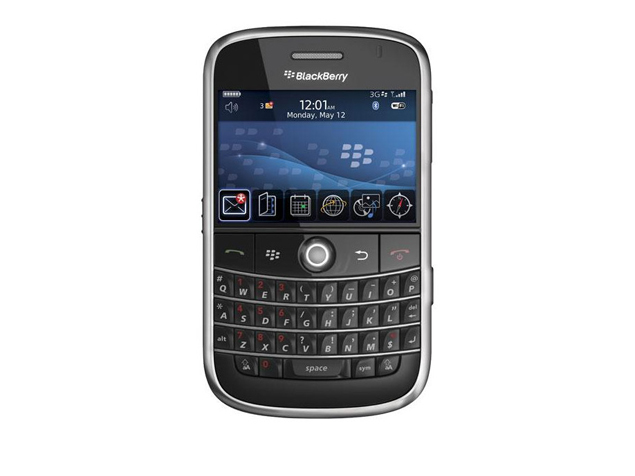
World market
With BlackBerry OS 6.X, RIM has reached the hearts of everyday consumers. In principle, there were no competitors in the corporate segment of the market. It was time to showcase your devices and your OS on the world stage. The debut was more than successful. RIM has come to understand that smartphones with wide functionality are to the liking of not only businessmen, but also ordinary users. BlackBerry OS 6.X added support for social networks, improved browser performance (now you could work with several pages at once using tabs), and applications such as BlackBerry Messenger, YouTube and LinkedIn also appeared. It was RIM's high point.
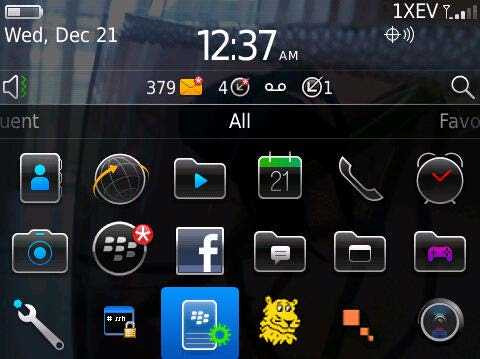
In 2011, the seventh version of BlacBerry OS was released, which brought practically nothing new. Now you can connect to a Wi-Fi network, FM radio has become available, plus several new applications have been added.
BlackBerry OS 10 and BlackBerry OS 11
Despite the fact that the tenth version of BlackBerry OS was significantly improved compared to the previous one, it did not receive due attention. It was predictable. OS 10 was released in early 2013. 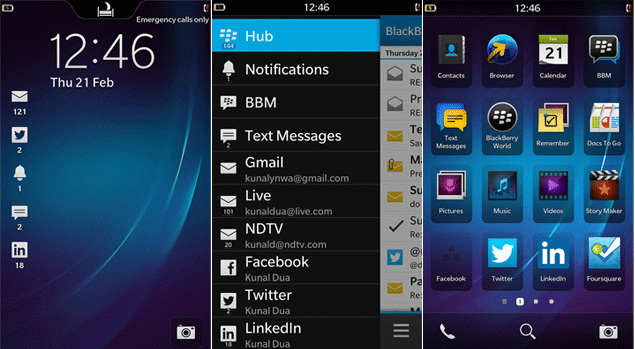
The platform supports applications written in HTML5 and C/C++. BlackBerry OS 10 was born at the wrong time. The dominance of Android and iOS is undeniable. The tenth version has everything (or most of what) that is in the OS from Google or Apple. The problem is that it is simply impossible to keep up with such giants as the companies represented by this no longer attract their old customers.
There is nothing to say about version 11 at all. There are rumors, but nothing more. There is a chance that the new version will not see the light of day. Touch and feature phones running BlackBerry OS 10 are likely to be the company's last releases. Only add-ons are officially announced, and the future of BlackBerry OS is shrouded in a fog of uncertainty.